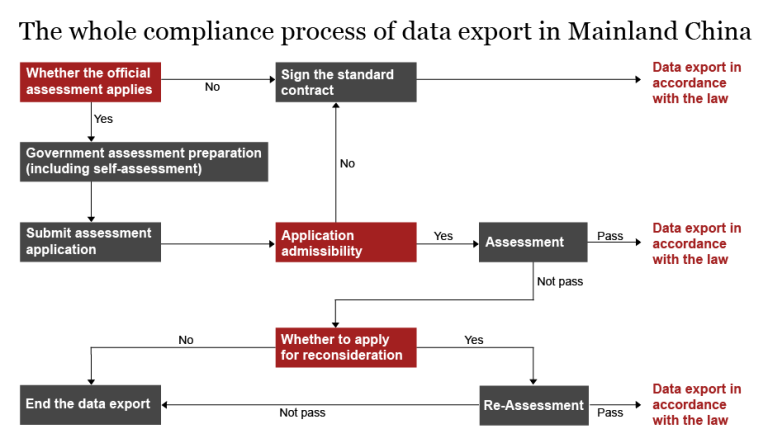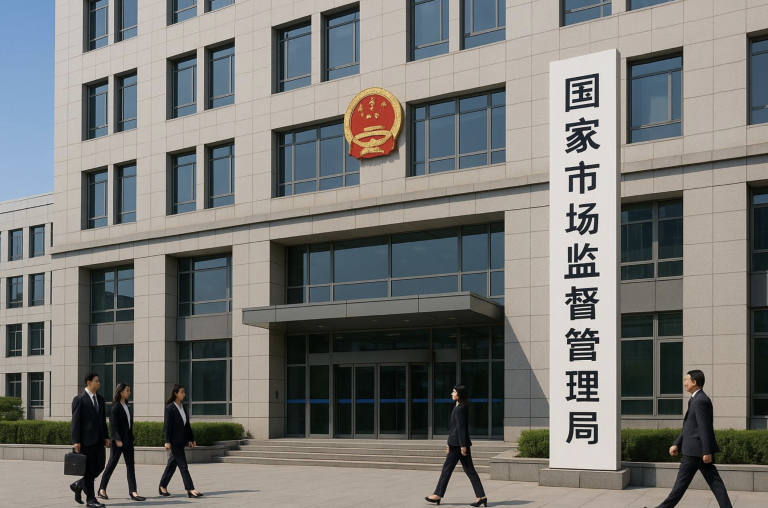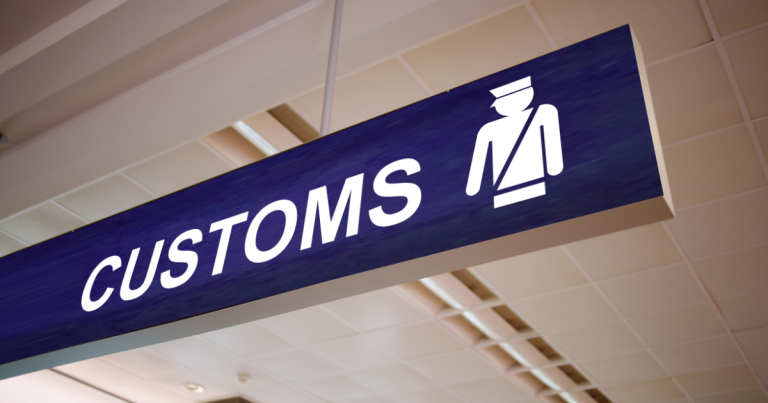China’s New Tax Filing Rules: A Paradigm Shift for UAE Businesses in Cross-Border Trade
In a significant move to enhance tax transparency and regulate its burgeoning export sector, China’s State Taxation Administration (STA) has rolled out new tax filing regulations, effective October 1, 2025. The new rules, outlined in STA Announcement [2025] No. 17, introduce substantial changes to the Corporate Income Tax (CIT) prepayment procedures for export enterprises. This development marks a pivotal shift in China’s regulatory landscape, with profound implications for UAE businesses engaged in cross-border trade with the world’s second-largest economy.
The announcement signals the end of a long-standing, albeit non-compliant, practice known as “export through buying third-party export documents.” This workaround, previously a common industry practice, allowed companies without the necessary export qualifications to declare goods at customs using documents from a third party. The new regulations effectively close this loophole, ushering in an era of “penetrative, real-name tax supervision” that will reshape the compliance and operational dynamics for all stakeholders in the China-UAE trade corridor.
For UAE businesses, particularly those sourcing goods from China, understanding and adapting to these new rules is paramount. The changes will impact everything from supply chain management and tax liability to contractual arrangements with Chinese partners. This article provides an in-depth analysis of the new regulations, their impact on various business stakeholders, and the strategic adjustments required to navigate this new era of compliance.
Key Provisions of the New Tax Filing Rules
The new regulations are designed to create a more transparent and equitable tax environment by aligning tax obligations with the actual flow of goods and revenue. The key provisions of STA Announcement [2025] No. 17 are as follows:
| Provision | Description |
|---|---|
| End of Third-Party Export Declarations | The practice of using an unrelated company’s name or license to declare exports is now strictly prohibited. This move is aimed at curbing tax evasion and ensuring that the actual exporter is held accountable for tax obligations. |
| Clear Distinction Between Export Types | The regulations introduce a clear distinction between “self-operated exports” and “entrusted exports.” For self-operated exports, the enterprise must declare the export revenue as “business income.” For entrusted exports, the entrusting party (the actual producer or seller) is responsible for declaring the full export income, while the agent only reports service fees. |
| Stricter Reporting for Agent Exporters | Agent exporters, including those operating under market procurement trade (1039) or foreign trade comprehensive service platforms, are now subject to stricter reporting requirements. They must submit a transaction-level summary table disclosing the name, Unified Social Credit Code (USCC), export amount, and declaration number of the actual entrusted exporter. Failure to do so will result in the agent being held liable for the CIT on the full export value. |
| Piercing Through Intermediary Layers | The new regulations are designed to “pierce through” intermediary layers to identify the true cargo owner. This means that even in complex, multi-layered agency chains, the ultimate responsibility for tax compliance lies with the actual production and sales entity. |
Impact on UAE Businesses and the Broader Supply Chain
The implementation of these new tax filing rules will have a ripple effect across the entire China-UAE supply chain, impacting not only export enterprises but also cross-border e-commerce sellers, freight forwarders, and, crucially, overseas buyers from the UAE.
For UAE Importers and Buyers
UAE businesses that source goods from China will need to be particularly vigilant in ensuring their Chinese suppliers are compliant with the new regulations. The end of the third-party export declaration practice means that some smaller factories or suppliers may no longer be able to export goods directly. This could lead to disruptions in the supply chain and may require UAE buyers to find new, compliant partners.
Furthermore, the increased scrutiny on export transactions may lead to longer lead times and potentially higher costs, as Chinese exporters invest in upgrading their compliance systems and processes. UAE buyers should proactively engage with their Chinese suppliers to understand their compliance status and work collaboratively to ensure a smooth transition. For larger buyers, establishing a local entity in China may become a more attractive option, allowing for greater control over export operations and compliance.
For Cross-Border E-Commerce
The new regulations, in conjunction with STA Announcement [2025] No. 15 (which requires internet platforms to report seller income), will bring a new level of transparency and oversight to the cross-border e-commerce sector. UAE-based e-commerce businesses that source products from China will need to ensure their supply chain partners are fully compliant. The increased transparency will also likely lead to a more level playing field, as non-compliant sellers are weeded out.
For Freight Forwarders and Logistics Companies
The “don’t ask, don’t tell” approach previously adopted by some freight forwarders and logistics companies is no longer tenable. These intermediaries will now be required to verify and disclose the actual exporter’s information, or risk being held liable for the full tax amount. This will necessitate a significant restructuring of business models and a greater emphasis on due diligence and compliance.
Navigating the New Landscape: Recommendations for UAE Businesses
To navigate this new regulatory landscape successfully, UAE businesses should take the following steps:
- Conduct a thorough review of your supply chain: Identify any potential risks associated with non-compliant suppliers and develop a plan to mitigate them.
- Communicate proactively with your Chinese partners: Engage in open and transparent discussions about the new regulations and work together to ensure compliance.
- Review and update your contracts: Ensure that your contracts with Chinese suppliers clearly define roles and responsibilities regarding tax compliance.
- Consider establishing a local presence in China: For businesses with significant sourcing operations in China, establishing a local entity can provide greater control and flexibility in managing export compliance.
- Stay informed: The regulatory landscape in China is constantly evolving. Stay up-to-date on the latest developments to ensure your business remains compliant.
The new tax filing rules represent a significant step forward in China’s efforts to create a more transparent and robust regulatory environment for its export sector. While these changes may present some initial challenges, they also offer an opportunity for UAE businesses to build more resilient and compliant supply chains. By taking a proactive and strategic approach, UAE businesses can not only navigate this new landscape successfully but also strengthen their long-term trade and investment partnership with China.
References
[1] China Briefing. (2025, September 17). How China’s 2025 New Tax Filing Rules Will Affect Export Compliance. Retrieved from https://www.china-briefing.com/news/china-2025-tax-filing-export-compliance-cross-border-ecommerce/
[2] D&D Worldwide Logistics. (2025, September 15). New Chinese Export Compliance Regulations Effective 1 October 2025. Retrieved from https://www.ddwlogistics.com/news/new-chinese-export-compliance-regulations-effective-1-october-2025







